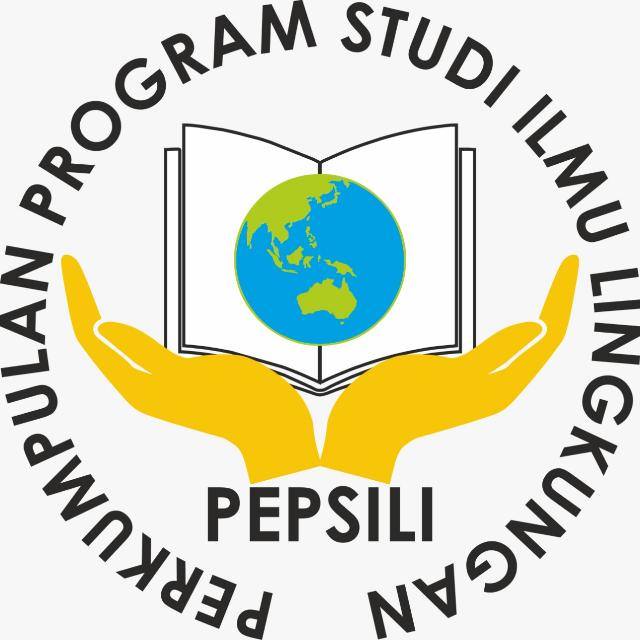Karaktersasi Bakteri Pengurai Plastik Sintetis Polipropilen dari Sampel Air Laut Studi Kasus dan Potensi Lingkungan
Abstract
The increase in the number of waste piles in Indonesia has reached 175,000 tons/day or the equivalent of 64 million tons/year. In the health sector, synthetic plastics are used as materials for making packaged medicine bottles and infusion bottles. Polypropylene synthetic plastics are very slow to degrade, making them a major problem in environmental pollution. This study aims to determine the type of bacteria and the ability of bacterial isolates to degrade polypropylene plastics. The research methods used include characterization of bacterial isolates macroscopicly, microscopicly, biochemical tests, then polypropylene synthetic plastic biodegradation tests were carried out during the incubation period of 1 week, 2 weeks, 3 weeks, and 4 weeks using an incubator shaker device. The results of this study obtained 4 bacterial isolates that can decompose polypropylene plastic from seawater samples in Padang City. The results of the isolation of polypropylene plastic bacteria from seawater samples in Padang City ILT-14 bacterial isolate based on macroscopic characteristics. and molecular identification was carried out in the LIPI biotechnology testing laboratory by the 16S rRNA gene deritimization method obtained polypropylene plastic scavenging bacterial species, namely: ILT-14 has similarities with Stenotropomonas Maltophilia. With a 30-day polypropylene plastic decomposer percentage of 10.8%. The difference in FTIR analysis was in the percentage value of carbon group transmission, and the aromatic group decreased. When compared to plastic before it was degraded and there was a decrease in percent. Microscopy Electron Scanning (SEM) Analysis of ILR-14 polypropylene plastic isolate of bacteria isolated is able to break down complex polymers into monomer forms
Keywords
Full Text:
PDFReferences
Ruslan R, Permatadewi A, Djama. Isolation and characterization of polystyrene-degrading bacteria Bacillus sp. ITP 10.1.1 from soil sample of Jayawijaya mountains, Papua, Indonesia. Int Res J Pharm. 2018;9(10):85–9.http://dx.doi.org/10.7897/2230-8407.0910231.
Nanda, S.,dan S. S. Sahu. 2010. Biodegradability Of Polyethylene By Brevibacillus, Pseudomonas, and Rhodococcus spp. New York Science Journal 3 (7): 95-98.http://www.sciencepub.net/newyork.
Singh J, Gupta KC. Screening and Identification of Low density Polyethylene (LDPE) Degrading Soil Fungi Isolated from Polythene Polluted Sites around Gwalior city (M.P.). Int J Curr Microbiol Appl Sci. 2014;3(6):443–8. https://doi.org/10.4236/abb.2020.117022.
Jumaah OS. Screening Of Plastic Degrading Bacteria from Dumped Soil Area. J Environ Sci Toxicol Food Technol. 2017;11(5):93–8.DOI: 10.9790/2402-1105029398
Soni R, Kapri A, Zaidi MGH, Goel R (2009) Comparative biodegradation studies of non-poronized and poronized LDPE using indigenous microbial consortium. J Polym Environ 17:233–239. http://dx.doi.org/10.1007/s10924-009-0143-x.
Agustien A, Jannah M, Djamaan A. Screening Polyethylene Synthetic Plastic Degrading-Bacteria from Soil. Der Pharm Lett. 2016;8(7):183–7.http://scholarsresearchlibrary.com/archive.html.
DOI: https://doi.org/10.52364/zona.v8i1.113
Refbacks
- There are currently no refbacks.

This work is licensed under a Creative Commons Attribution-NonCommercial 4.0 International License.

This work is licensed under a Creative Commons Attribution-NonCommercial 4.0 International License.







